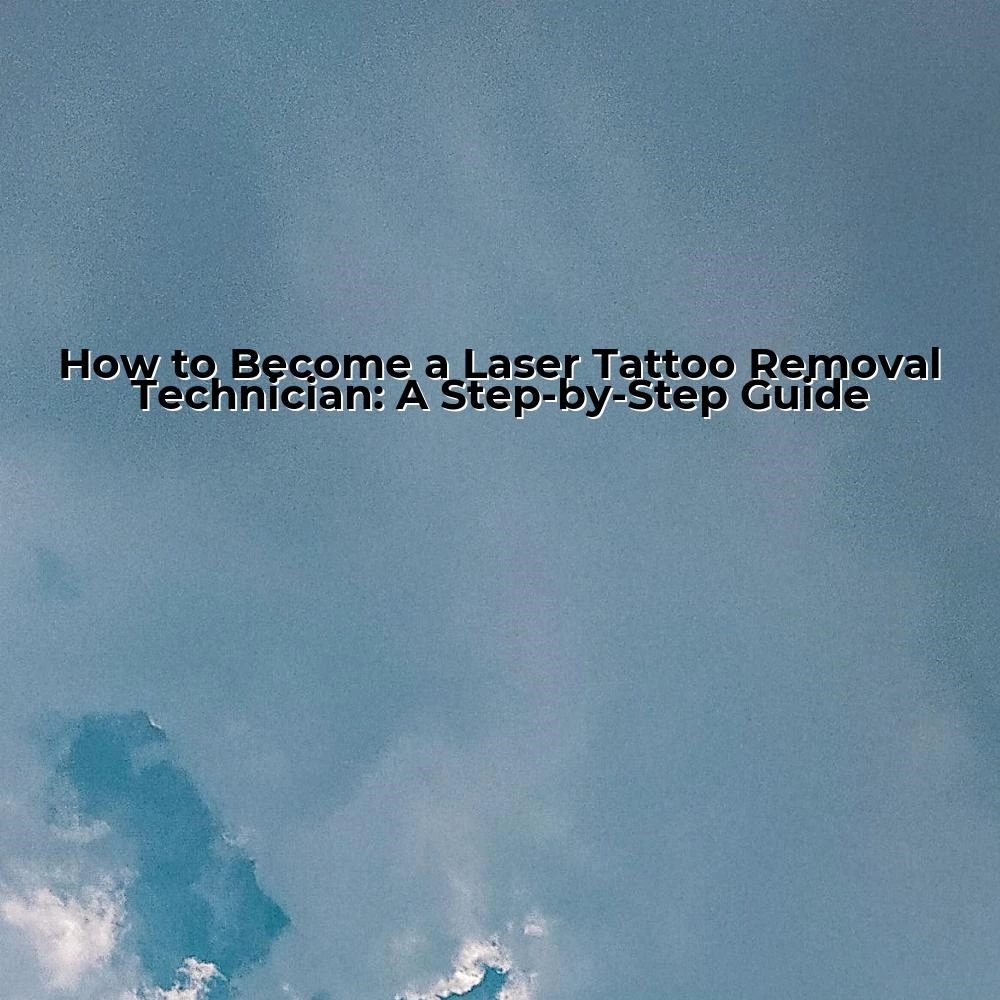How to Become a Laser Tattoo Removal Technician
| Visit:83

How to Become a Laser Tattoo Removal Technician
Introduction:
Being in a field where transformations happen both aesthetically and emotionally is rewarding. If you're a medical professional interested in the ever-evolving field of aesthetic medicine, you might have asked yourself, "How to become a laser tattoo removal technician?" This comprehensive guide will help you understand the process, from acquiring the needed training to securing your certification.
Step One: Proper Educational Background:
The first step towards becoming a laser tattoo removal technician is to obtain a solid education in the medical field. While there's no specific degree required to specialize in this area, a professional medical background undoubtedly plays a significant role. Paramedics, nurses, or doctors often have the foundational knowledge required to understand the medical and technical aspects of the procedure.
Step Two: Specialized Training:
The next step is to undergo specialized training in laser technology and its application in tattoo removal. Training and education in this field are essential as they equip you with knowledge on laser physics, skin anatomy, tattoo coloring, patient care, safety protocols, and hands-on laser experience. If you're looking for reliable resources to begin your specialized training, please visit [Ciellulu](https://www.ciellulu.net/).
Step Three: Certification and Licensing:
Upon successful completion of your training, it's imperative to obtain certification in laser tattoo removal technology. The certifying body varies across countries and states. Licensing requirements differ too, so ensure to check with your local or state health department or respective certifying body before setting up practice.
Step Four: Hands-On Experience:
Like any other profession, experience forms a critical part of your resume. While training programs offer hands-on experience, working with real patients helps understand the dynamics of skin types, tattoo pigments, and how different lasers act on them. An internship at a dermatologist’s office or under a certified laser tattoo removal technician can provide this experience.
Step Five: Continuous Learning:
Laser technology is constantly evolving, with new techniques and tools being developed regularly. As a part of this industry, it's essential to stay up-to-date on these advancements. Attend seminars, workshops, and refresher courses to reinforce your knowledge base. Participate in networking platforms where you can engage in discussions with fellow professionals.
Step Six: Setting Up Your Practice:
The final step, upon successful certification and gaining ample experience, is to set up your practice. Whether you choose to work under a medical facility or establish your own clinic, both options require careful planning. You might need to invest in appropriate laser equipment and set up a professional space that ensures the comfort and safety of your clients.
Conclusion:
Becoming a laser tattoo removal technician offers a rewarding potential career path within the healthcare and aesthetic industry. This journey requires dedication, hands-on experience, continuous learning, and above all, a passion for making a tangible difference in people's lives. By following these steps and maintaining your commitment to the profession, you'll be well-prepared to provide this valuable service to those seeking tattoo removal.




 Ciellulu Laser - Facial Machine Supplier
Ciellulu Laser - Facial Machine Supplier

